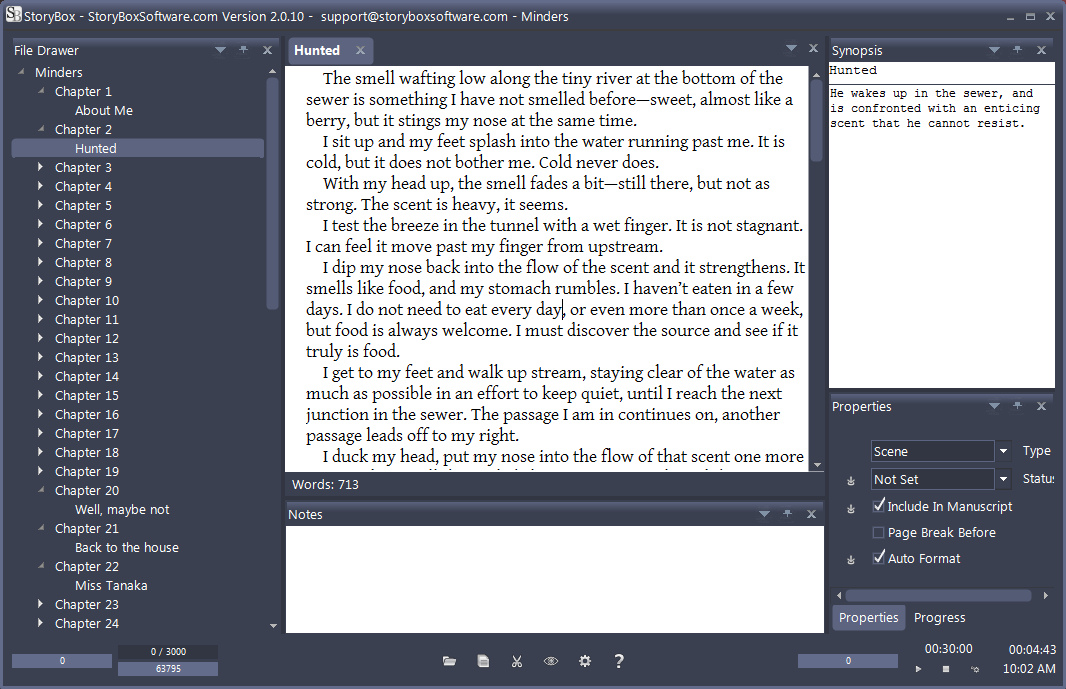Pulse of Information
Stay updated with the latest news and insights.
Write It Right: A Journey Through Software That Speaks Your Language
Discover the secrets of software that truly understands you. Join our journey and learn to write it right for a seamless digital experience!
Understanding Natural Language Processing: How Software Can Communicate Effectively
Natural Language Processing (NLP) is a pivotal area of artificial intelligence that focuses on the interaction between computers and humans through natural language. By understanding, interpreting, and generating human language in a way that is both meaningful and useful, NLP allows software to communicate effectively with users. Key techniques in NLP involve tokenization, sentiment analysis, and machine translation, which help convert human language into a format that machines can process. For instance, sentiment analysis can gauge emotions in text, making it invaluable for understanding customer feedback or social media interactions.
Moreover, the evolution of NLP has led to the development of sophisticated models such as transformers and chatbots that can engage in real-time conversations, providing users with instant responses. As these systems become more advanced, they not only improve user experience but also boost productivity across various industries. Businesses are leveraging NLP tools for applications ranging from data analysis to customer support, demonstrating how essential this technology is in creating seamless communication channels. As we continue to explore the depth of Natural Language Processing, we unlock new possibilities for software to engage with human users more intuitively.

Top Tools for Crafting Software That Speaks Your Language
In today's fast-paced digital landscape, it’s essential to leverage top tools for crafting software that resonates with your target audience. These tools empower developers and designers alike to create applications that not only function efficiently but also speak the language of their users. From analytics platforms like Google Analytics that help in understanding user behavior to wireframing tools such as Figma and Sketch, having the right toolkit can dramatically elevate your software development process.
Furthermore, using collaborative platforms such as Git increases productivity and ensures that software development teams stay aligned with their project goals. Employing testing tools like Selenium ensures that your software is both robust and user-friendly. By implementing these top tools, you can enhance your software’s accessibility and effectiveness, ultimately leading to higher user satisfaction and engagement.
Common Questions About Software Localization: What You Need to Know
Software localization is an essential process for companies looking to reach a global audience. It involves adapting software not just in terms of language translation, but also in adjusting cultural nuances, legal standards, and user preferences. Below are some common questions that businesses often have regarding this process:
- What is the difference between localization and translation?
- How does localization impact user experience?
- What are the costs associated with localization?
Understanding these aspects is crucial before embarking on a software localization project. For instance, many businesses wonder how localization affects branding. It's important to ensure that the localized version resonates with the local market while maintaining the brand's core message. Moreover, companies might ask about the best practices for testing localized software. Ensuring that the functionality, cultural appropriateness, and user interface align with local expectations is vital for successful implementation.